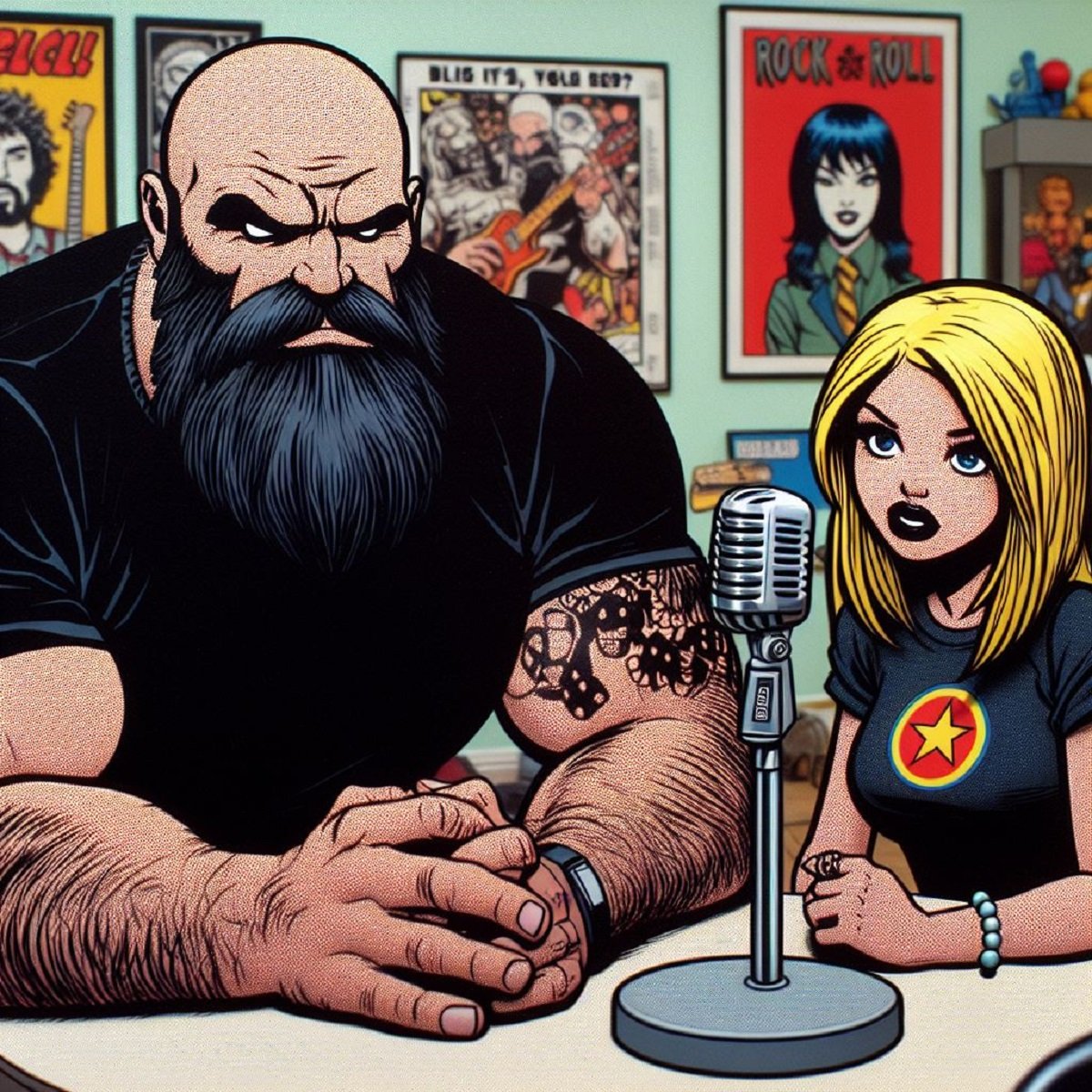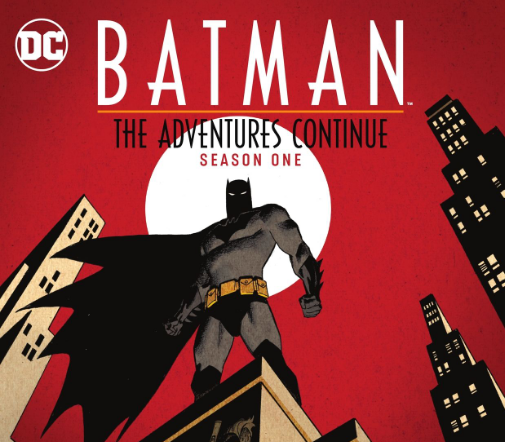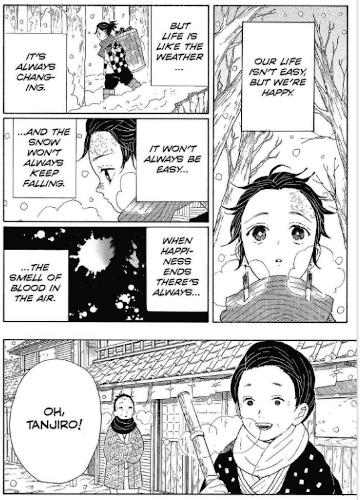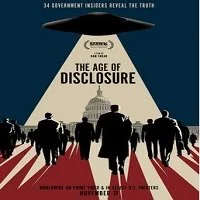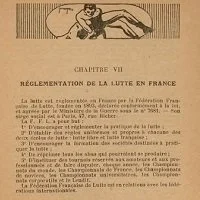How to Start Reading Comic Books
By: Juan Nunez (Twitter)
Introductions
Comic books are pop culture. From the Marvel Cinematic Universe to Peacemaker, popular characters that started in comics can be found everywhere on TV, streaming, movies, videogames, and more. At the same time, Comic books are an arcane subculture. Most people who have seen an Avengers or Batman movie have never read a comic book, and there are good reasons. Simple questions like "where can I buy a comic book?" have very complicated answers that can put off someone who isn't already a dedicated fan. I'm here to be your friendly neighborhood comic book nerd and give you the simple, straightforward path to the world of comics.
What exactly is a Comic Book?
You'll find different definitions for what exactly is a comic book if you search online. For the purpose of this article, I will define a comic book as a magazine-length story in the form of sequential art. "Sequential art" is just a fancy term for telling stories via the combination of drawings and words. The terms "comic books" and "comics" are more or less interchangeable. To keep things straightforward and more readable, I will use the term comics for the rest of this article.
Comics are not cartoons in paper form. They are not movies in drawn form. Comics are their own storytelling medium with their own unique way of telling stories. You can do things in a comic that you can't do in motion pictures. They have a unique visual language that you should be familiar with to get the most out of the story. The rules of that visual language are pretty simple:
1. In American comics, the order of the pictures (the panels) is top to bottom, left to right. As your eyes scan the page, that's the route you should take to get the story in order. Some artists can make their art very wild and difficult to follow, but the vast majority of modern comics stick to a style that makes the reading order straightforward.
2. The bubbles with words are dialogue. The ones that have a sharp part pointing towards a character are external dialogue. The point tells you which character is speaking. The bubbles that have smaller bubbles instead of a sharp point are the character's internal thoughts. Those are not being spoken out loud.
3. Modern comics feature other forms of additional text as well. Those take the form of color rectangles not pointing at any character. They can serve multiple purposes depending on the situation and the story. The most common use for these is story narration. Like prose novels, Comics can tell their story in 1st or 3rd person. Sometimes text messaging is also used as a storytelling device. Old comics used to feature notes from the editor as well to make some details clear. A good artist will make the purpose of these boxes clear via context. If you feel yourself getting overwhelmed by information or confused, you are reading a bad comic.
American Comics Vs Manga
American Comics like Batman and the X-Men are not the only way to do comics. Japan has exported its own form of comics called Manga (man-gah). American comics tend to be in color and read left to right. Manga is usually in black and white and reads right to left as a nod to the original Japanese language. If you go to a bookstore or shop on Amazon, you will find both American Comics and Manga on sale. To keep things simple, we'll stick to American comics in this article, but I recommend checking out some manga as well. It's a very different and interesting take on sequential art.
What format to read?
Digital or physical? Floppies or trades? You can read comics in a few different formats. Let me first breakdown these four terms:
* Digital Vs Physical - This is exactly what it sounds like. Do you want to read comics on your phone or a computer, or do you prefer a physical magazine or book?
* Floppies Vs trades - Floppies are the traditional form of new comic releases. These are softcover magazines 20-something pages long with ads. They contain a story or part of a serialized story that are often released monthly. A bunch of floppies connects to tell an episodic story in a series. These connected stories are also collected into books that feature entire series or volumes of a long series. These are called trades or trade paperbacks. The term Omnibus is also used for very large trades.
For new readers trying to figure out what they like, I recommend digital comics first. Digital comics are usually organized as scans of single-issue floppies with the ads removed. Ordering new floppy physical releases can be a nightmare to figure out on your own. I highly recommend avoiding them unless you're one of the lucky few who still has a physical comic book shop in your town. The shop can give you recommendations on what to read and can create an order list for upcoming releases.
If you want a physical collection, I recommend buying trades instead of floppies. It's much easier to buy them from a bookstore, Amazon or Ebay. You don't have to hunt for a complete set of a story. Unlike floppies, they look great on a bookshelf. Floppies need to be kept in boxes and archived in special plastic bags and cardboard to maintain their fragile physical condition intact.
Where to read?
We're starting with digital comics, so where do we get digital comics? The American Comic industry can be split into three broad categories:
* Marvel - Spider-Man, X-Men, Avengers, Captain America, Iron-Man
* DC Comics - Batman, Superman, Wonder Woman, The Joker, Harley Quinn
* Independent Comics - Comics not owned by the big two corporations. For example, The Walking Dead or Snowpiercer.
To keep it simple, we'll be skipping independent comics. I highly recommend giving independent comics a try once you are a more experienced reader. In some ways, they are better than the Big Two. There is the option for an Amazon-owned Comixology Unlimited subscription service, which includes indie comics and some Marvel and DC comics. I recommend avoiding it due to changes to the Comixology service implemented in February 2022 that have been universally panned.
* Marvel Comics can be read via Marvel Unlimited. $9.99 a month or $70 a year gives you unlimited access to 29,000+ marvel comics.
* DC Comics can be read via DC Universe Infinite. $7.99 a month or $75 a year gives unlimited access to 25,000 DC comics.
Both services are basically Netflix for comics. The apps might take some getting used to for navigating. Your mileage may vary, but most people get used to their preferred scrolling method quickly.
How to learn about good comics?
comicbookroundup.com collects reviews from multiple sources and gives a rating to individual issues and overall series based on those reviews. The reviews also point to different websites that specialize in reviewing comics. Any 7.0 or higher is a reasonably safe choice for quality. Any 9.0 or higher is probably a must-read. This is the best place to do your research if you're unsure of what to read.
Your first instinct when picking a series will probably be to follow a comic character that you are interested in. I recommend paying attention to the creative teams of your favorite comics as well. "Penciler" is the main visual artist, and the writer puts together the story. There are good Batman comics and bad Batman comics. The creative team is the make or break factor in that.
How to learn comic book history?
History is a big part of reading Comic Book culture. From the 1930s to today, that's a lot of history, and nerds can tell you in detail about their favorite or most hated stories from all those decades of content. You, as a new reader, don't need to worry about any of that. A well-written comic will explain everything you need to know in the introductory description on the credits page of the comic near the front of the comic and in the story itself.
Wikipedia is also a handy tool. Anything Comics topic you are curious about will have an extremely detailed Wikipedia page about it.
The one piece of history that I will highlight is Eras. A comic book from the 1940s will be as different from a comic book from the 1990s as a Carrie Grant movie is different from a Ben Stiller movie. You might find that you enjoy reading comics from a specific era more than other eras. These are the significant Eras of comic books:
Golden Age 1938 - 1956: The first boom period of mainstream comics. The stories tend to be pulp stories, and the art is very simple.
Silver Age 1956 - 1970: An era that produced heavily censored comics. The stories are more fantastical and almost exclusively aimed at children.
Bronze Age 1970 - 1985: A less restricted era of comics. The bridge between the old and the modern.
Post-Crisis 1985 - early 90's: The term refers specifically to a reset of DC comics stories that happened in the mid-1980s. It also marks an industry-wide change to more mature stories than anything seen by Super Hero comics before that point.
90's: Usually referring to the mid-1990s. This period was marked by particular art and story trends not seen in mass before or after.
Modern Late 1990s to today: The rise of digital art styles and modern distribution methods. Both digital comics and Trades.
Your first six comics.
The following are not meant to be the best comics ever made. Instead, I hand-picked them with the idea of giving you a diverse sample platter of what Comics can offer. Odds are you won't like everything here, but you will like something here. You can then use that something to find more Comics that you enjoy.
Marvel:
* The Dark Phoenix Saga - Art by John Byrne and writing by Chris Claremont. Uncanny X-Men issues 129 to 138. The definitive X-Men story told in the only medium that can truly do it justice.
* Spider-Man: Blue (2002) Art by Greg Capullo and writing by Ron Zimmerman. Beautiful and tragic. Spider-Man recounts the story of his romance with Gwen Stacy from a perspective we haven't seen before.
* Hawkeye (2012) - Art by David Aja and writing by Matt Fraction. The main inspiration for Disney+ Hawkeye 2021 streaming series. This is a very stylish and clever comic series that is probably closer to a Quentin Tarantino movie than you would expect from a world of superheroes. Plus, one of the issues is entirely from the point of view of a dog. That has to pique your curiosity.
DC:
* Kingdom Come (1996) - Art by Alex Ross and writing by Mark Waid. The peak of visual art in comics with a timeless and bleak story that has aged like fine wine.
* Gotham Central (2002) - Art by Michael Lark and writing by Greg Rucka. Gotham City is more than just Batman and The Joker. This is a dark and gritty crime drama about the Gotham Police department. The Wire set in the DC Universe.
* Superman annual #11 (1985) - Art by Dave Gibbons and writing by Alan Moore. Is your idea of Superman a perfect boy scout who can't lose? This might change that.
If you found this article interesting consider becoming a Patreon supporter. That is how When It Was Cool keeps our website and podcasts online, plus you get lots of bonus content including extra and extended podcasts, articles, digital comics, ebooks, and much more. Check out our Patreon Page to see what's up!
If you don't want to use Patreon but still want to support When It Was Cool then how about a one time $5 PayPal donation? Thank you!
